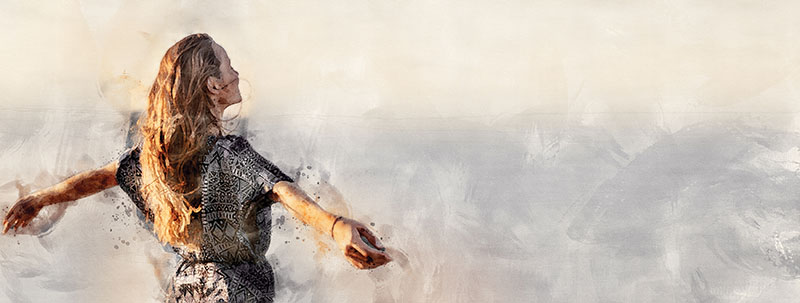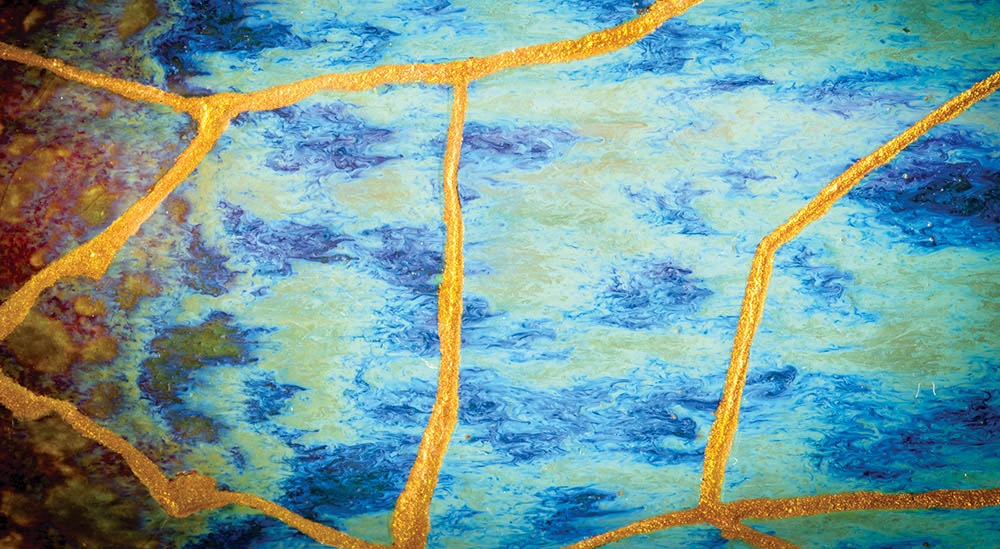
Shy and Shining: Ways to Capitalize on Being Quiet
Shy people may not say a lot, but that doesn’t mean they have little to say–or to be proud of. In fact, being a quiet person can be as rewarding as being an extrovert. The trick is to find ways to express yourself and make the most of your shyness in a society that seems to favor the outgoing personality. There’s no reason to shy away from being shy. These tips will help you discover the advantages of shyness and how to use them to live life to the fullest.
Get Noticed on Paper Many quiet people are great writers or at least better at expressing themselves on paper than in person. So go ahead and make yourself known with the written word. It will give you more than a comfortable outlet to “speak”; writing is a confidence booster and a creative channel for the shy. Take advantage of writing opportunities at work or in the community. Even penning heartfelt notes to friends or family will bring out your unique personality for others to see.
Think Positively About Shyness People often think of shyness as a weakness, but nothing could be further from the truth. Shyness is simply an attribute, like being left-handed or red-haired. Shyness won’t keep you from attaining personal and professional goals–only a negative attitude about it will. Fortunately, you have the power to control your thoughts. Adopting a positive mindset about shyness can do wonders for your self-esteem and put to rest the notion that being shy is a bad thing.
Take Advantage of Shyness Benefits Shy people are often analytical types who tend to think before they speak. They’re usually strong empathizers, too, and are prone to helping others feel comfortable in uncomfortable situations. Shyness perks like these make quiet people excellent candidates for certain career choices, including working with disabled people, therapy jobs, and technology and research positions. Use the benefits of your shy nature to pursue work and life roles that are rewarding, fulfilling, and useful.
Shine Behind the Scenes Being shy may keep you out of the public eye, but shy people can do many things in small groups or behind the scenes that add value and leave an indelible mark. You can capitalize on being quiet by excelling at what you do in your comfort zone, like handling important details for those who choose to be in the public eye. Get proficient at skills you enjoy doing and give them your full effort. You won’t be in the limelight, but you will gain recognition and satisfaction.
Build Meaningful Relationships Worried you don’t have enough friends thanks to your shyness? Worry no more. Studies have shown that having a small number of quality friends can be more rewarding than being a social butterfly. When it comes to making friends, shyness can actually be an asset. Quiet people are easy to approach, have a calming effect on others, focus less on themselves, and typically make good listeners. Those traits can help you build meaningful and trusting relationships–for life.
Don’t let shyness keep you from divulging your true self and utilizing your unique gifts.
You won’t just feel empowered; the world will take notice too.





